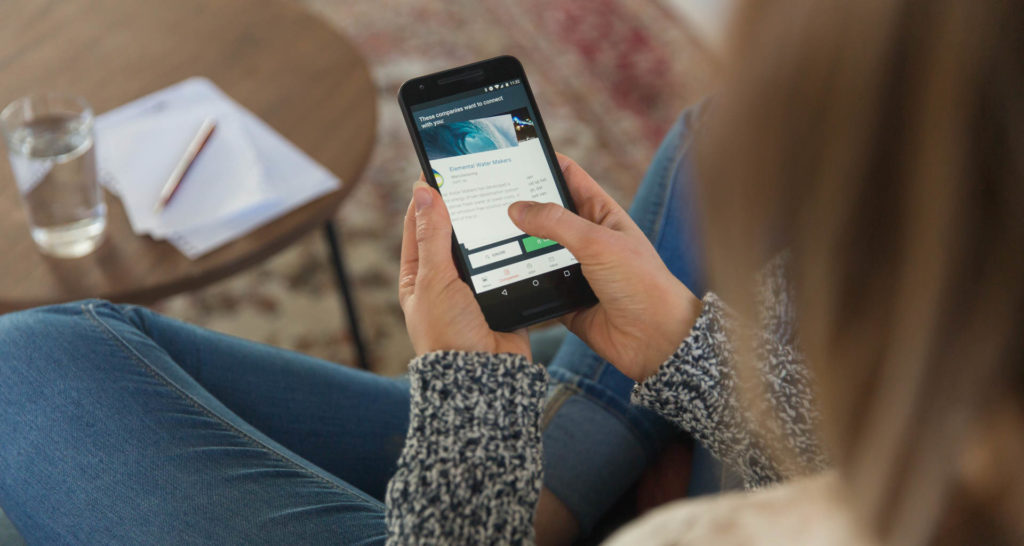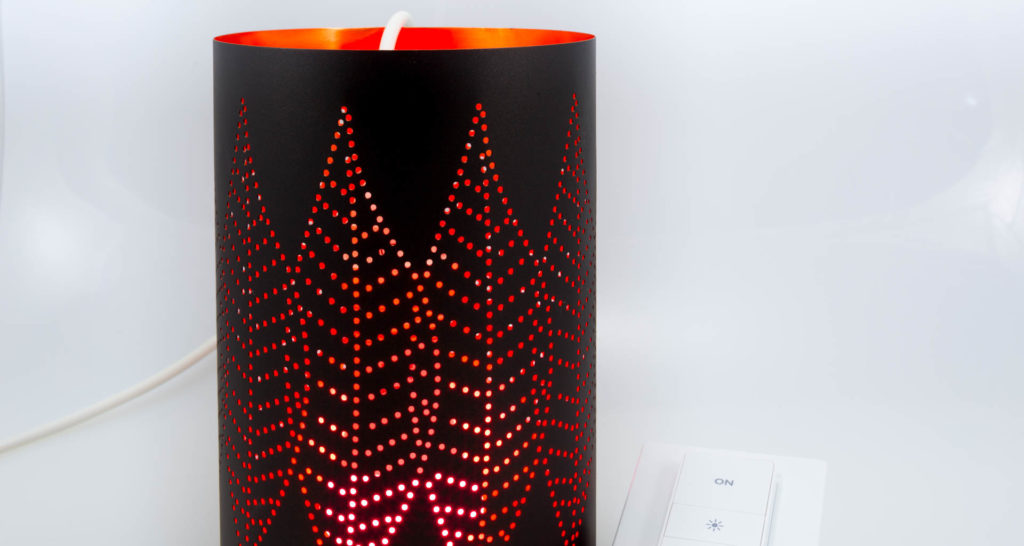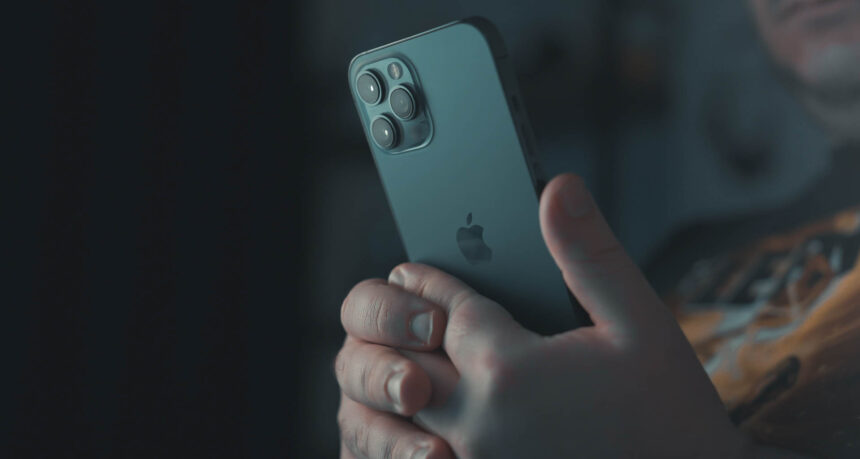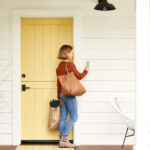Many people have a basic understanding around how using a digital device just before bed can impact getting a good night’s sleep. However, most may not understand just how much it can affect their day-to-day lives. Let’s be honest—smartphone addiction is a real thing. I’m sure you can relate to lying in bed at night and wanting to get caught up on the day’s worth of social media news and posts. Even more relatable than that is planning to spend five minutes on your digital device, when all of the sudden it turns into 30 minutes or maybe even an hour.
If you knew the effects that interacting with digital devices before bed could have on you, would you still use them? Here are a few reasons why you should reconsider your night-time routine of scrolling through social media, as well as tips on how to prevent the effects of using your device before bed.
Effects on Circadian Rhythm

The circadian rhythm, often called the sleep-wake cycle, refers to the natural cycle the body goes through in a 24-hour period. This rhythm is mainly affected by light and darkness, and plays a distinct role in sleep patterns. Simply put—at night time when there is less light, the body prepares to begin sleeping. When the sun comes up or your body is exposed to light, it receives a signal that it’s time to wake up.
Even if your room is completely dark at night while you’re using your device, your body is still absorbing the light from it. The body senses this light and therefore has difficulty receiving the signal that it’s time to relax and prepare for sleep. Instead, the brain is taking in the light from your device and staying alert and awake. As you can imagine, this can affect the following day as you might suffer from the effects of not getting enough sleep.
Suppression of Melatonin Production
Melatonin is an integral part of the body’s sleep-wake cycle, and is often referred to as the sleep hormone. The production of melatonin increases around night time when daylight fades and it becomes dark. It acts as the hormonal signal for the beginning of the biological night. Whereas, when your body is exposed to light, it will produce cortisol. This hormone stimulates wakefulness, continuing to support alertness throughout the day, suppresses the production of melatonin, and drops at night to allow melatonin levels to rise once again.
A Harvard study was done to investigate the effects of blue light at night. After comparing 6.5 hours of blue light exposure at night to regular light, the results showed that blue light suppresses melatonin production for about twice as long as regular light and shifts circadian rhythms by twice as much.
Tips for Avoiding Your Digital Device Before Bed
Leave Your Device in Another Room
A good rule of thumb to incorporate into your nightly routine is to stop using your device about thirty minutes before you plan to go to bed. Even better, plan to leave your phone outside of your bedroom before you head to sleep. Simply leaving your device in a different location will reduce the temptation to look at it.
Invest in Blue Light Glasses

It might not be feasible for everyone to completely avoid their digital devices in the evening, or leave their device in another room for the night. For protection, you can utilize blue light glasses that will filter out any blue light given off by a digital screen. These glasses have lenses that are treated to filter out blue light and effectively block the transmission of those negative wavelengths being emitted from your device. If you have to use devices close to bedtime, this is a great tool to minimize the negative effects.
Adjust the Screen Display Hue
Most devices have the option to adjust the color display on your screen, often referred to as “night shift.” This will change the color hue of your device’s screen to a warmer color, making it easier on your eyes. If you must use your device before bed, this is a good way to reduce the impact that blue light or light in general can have on your sleep cycle. You can even set night shift to turn on automatically when it gets dark in your area.
Change the Light Bulbs in your room

In addition to the light from your phone affecting your circadian rhythm, so can the light bulbs that are installed in your bedroom. Halogen bulbs and compact fluorescent bulbs tend to emit the most amount of blue light. Instead, opt for incandescent bulbs (if you can still find them), which give off a warm light that’s not too harsh. Or, instead use smart LED lights which have adjustable color temperatures and adjust them at night to warmer hues.
Another option is to swap your reading light or nightlight bulb to a red bulb, as red wavelengths of light are most conducive to sleep.
Toward Your Better Health
The habit of using your device before bed is undoubtedly a hard one to break. However, it’s important to be aware of the impact it has on your sleep. A good night of sleep is essential for countless reasons, and something as simple as minimizing your time on your device at night can have a major impact on your overall health. Sweet dreams!







